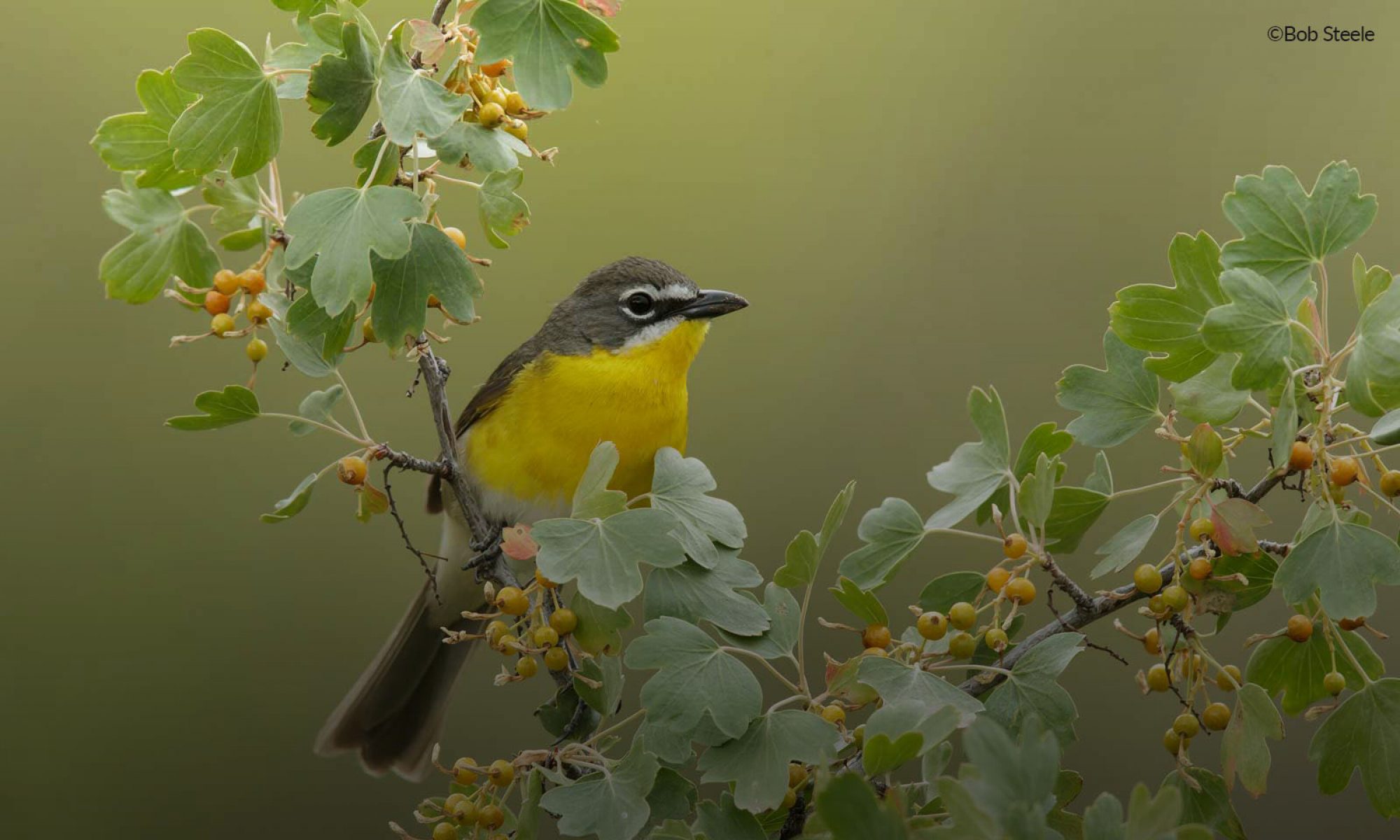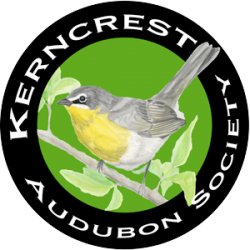Data from the China Lake, Lake Isabella, and South Fork Valley CBCs are now posted on our Christmas Bird Count page. Enjoy!
Virtual Gallery Tour of the 2020 Audubon Photography Awards Winners
National Audubon Announces new CEO: Dr. Elizabeth Gray
Dr. Gray, a scientist and ornithologist will be the first woman to hold the CEO title in the organization’s 116 year history… Read More
Seen any Tricolored Blackbirds?
| Now is the time you will find tricolored blackbirds in large concentrations, especially near dairies. If on your travels or birding trips, you find some birds, let Bob Barnes know. All he needs to know is the location and approximate numbers. He will report this to the agency that conducts the survey. This is part of the statewide survey done annually to find out the current status of this important bird. |
Things You Can Do To Help Birds
There have been two recent studies that have shown there has been a tremendous decline in the number of birds in North America. There are some simple things people can do to help our birds. The Cornell Lab of Ornithology offers detailed information about the steps you can take at its website, birds.cornell.edu.
Here they are in a list form:
- Make windows safer. Keep birds from striking windows and help pass the Bird-Safe-Building act.
- Keep cats indoors. Cats are wonderful pets but they are also very good predators of birds.
- Reduce lawn, plant natives. Lawns don’t offer birds food or protection. Native plants attract a variety of birds and help sustain them.
- Avoid pesticides. The contents of most insecticides are lethal to birds.
- Drink coffee that’s good for birds. Three quarters of the world’s coffee farms destroy forests birds and other wildlife need. Bird friendly producers, such as Cornell’s “Birds and Beans” offer rain forest certified shade grown coffee.
- Protect our planet from plastic. An estimated 16,000 million tons of plastic is polluting our planet and harming its birds and wildlife.
- Watch birds and share what you see. Birds are truly Canaries in the mine warning us when our environment is worsening. The sightings you record at eBird help scientists monitor these changes.
Many Local Birds May Disappear
Audubon just released a new scientific report, Survival by Degrees, that forecasts how various climate warming scenarios impact the ranges of specific bird species. The study considers summer and winter ranges currently and at increased average global temperatures of 1.5C, 2.0C, and 3.0C. The study concludes that over 60% of North American birds will be threatened by climate change and over 100 species face extinction. Some of our local birds adversely impacted by climate warming are:
- Snow Goose – likely to become extinct. At 3.0C increase it will lose 98% of its breeding grounds.
- Savannah Sparrow
- Sage Thrasher
- Townsend’s Warbler
- Wilson’s Warbler
- Dark Eyed Junco
- And others
This report is well worth reading. There is a link to an interactive site where you can select a specific bird to see how its range is impacted. We are heating our planet through our consumption of fossil fuels. Birds are “canaries in the mine”, a hotter climate drastically effects humans as well as birds.


